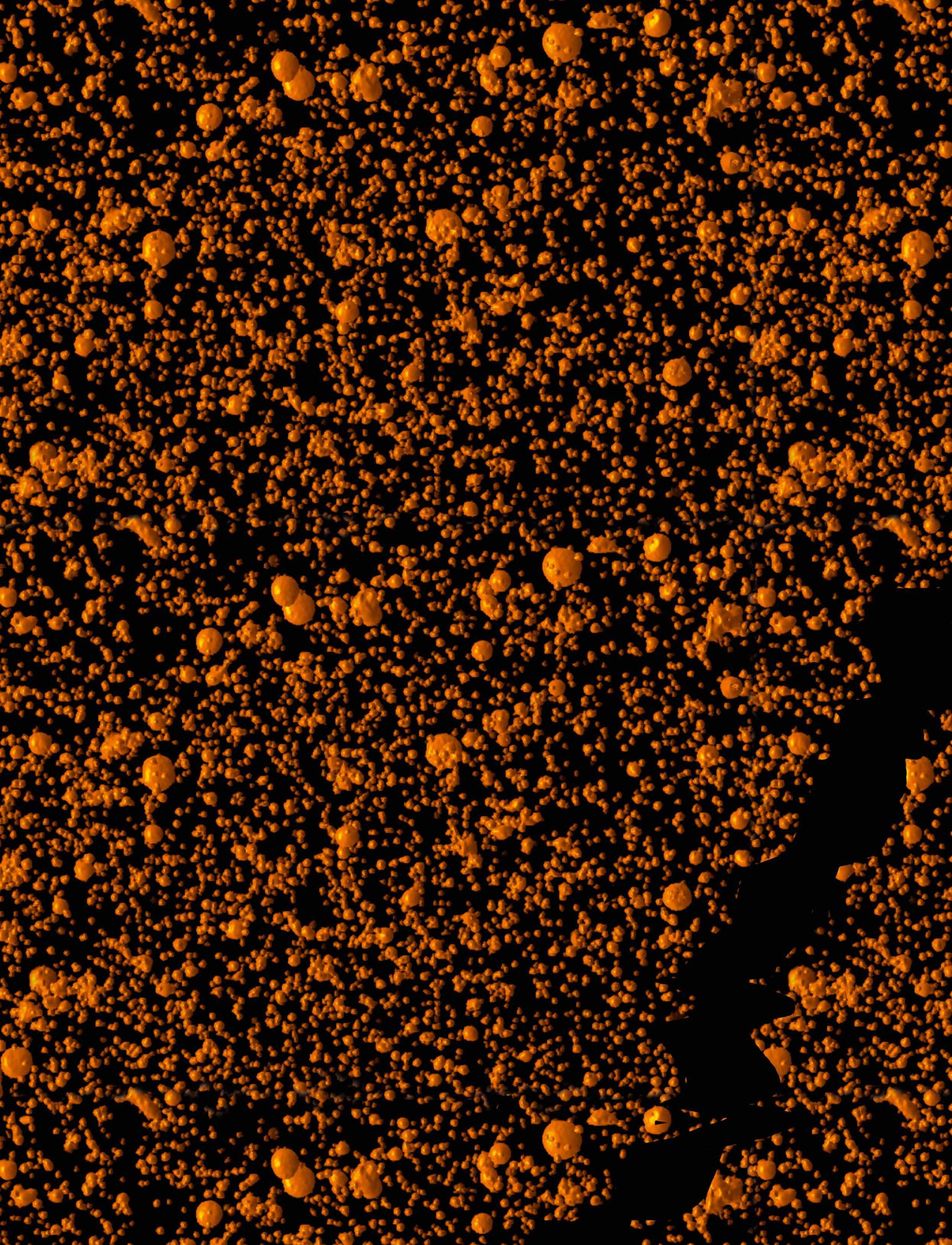Understanding stem and progenitor cell fate
Dr Kevin Chalut at Cambridge Stem Cell Institute, working on the CellFateTech project, is developing pioneering tools, including a substrate that enables stem cells and progenitor cells to proliferate in cultures outside of the body. The research could have profound implications for cellular programming. The
regenerative qualities of stem cells and progenitor cells harbour the potential to create new healthy tissues and even de-age cells. Research by CellFateTech is attempting to understand the dynamics of stem cells and progenitor cells, which possess the ability to ‘decide’ how they develop. The ‘decisions’ are made from responding to chemical signals and mechanical signals from their environment. CellFateTech approached the problem in two ways by investigating the signals cells make and by trying to replicate the most suitable micro-environment for the cells to influence their decision making process. “Knowing what the cells are doing in an embryo is important because they are making choices between maintaining a pool of progenitor cells and giving rise to new tissue for embryonic development. It is a very coordinated process and we don’t understand how it works. We would like to understand because some of the same mechanisms that give rise to a developing fetus also help us maintain healthy tissue,” said Dr Kevin Chalut. www.euresearcher.com
The secrets of fate choice The processes by which the dynamics of cells choose their eventual form and fate are complex and coordinated, yet remain largely a mystery, to the intrigue of scientists around the world. Unlocking those secrets of how a cell makes the choice can lead to enormous benefits for a great many healthcare applications; for repairing damaged tissue, curing life threatening diseases and regrowing organs. Dr Kevin Chalut and the CellFateTech team are working the problem and have published papers on their findings in journals like Nature. Stem and Progenitor cells coordinate their development continuously through our lifespans all around our bodies as the driver for our survival and growth, which is why cell fate decision making has sustained as such an important, fundamental scientific mystery to crack. “Progenitor cells in our body have a purpose to maintain themselves whilst having the capacity to give rise to more specialised cells or differentiating cells,” explains Chalut. “For example, stem cells in your skin divide and replenish themselves
but they also give rise to new skin. Our skin turns over approximately every 30 days. This process is supported by the stem cells that are there. There is this choice that has to be made by these cells. They need to ensure that they maintain, for your entire lifespan, a stem cell population. However, at the same time they need to make sure they produce the cells needed for your organs and tissues. There is a sequence of decisions they make and we are developing ways to probe at the exact time they are making one of these decisions, at the level of the genetic network, to ask what these cells are doing.” The process of monitoring how cells choose their fate is very challenging. To assess the decisions a population of cells will make, next generation sequencing (NGS) determines what genes are being expressed, and that informs about the decisions being made. However, in a petri-dish they do not do this in a synchronised fashion. One cell might make a choice hours ahead of another cell and it becomes apparent there is not a consistent pattern in the way they make these decisions. At a population-level the dynamics are ‘washed out’, as Chalut puts it.
21






























